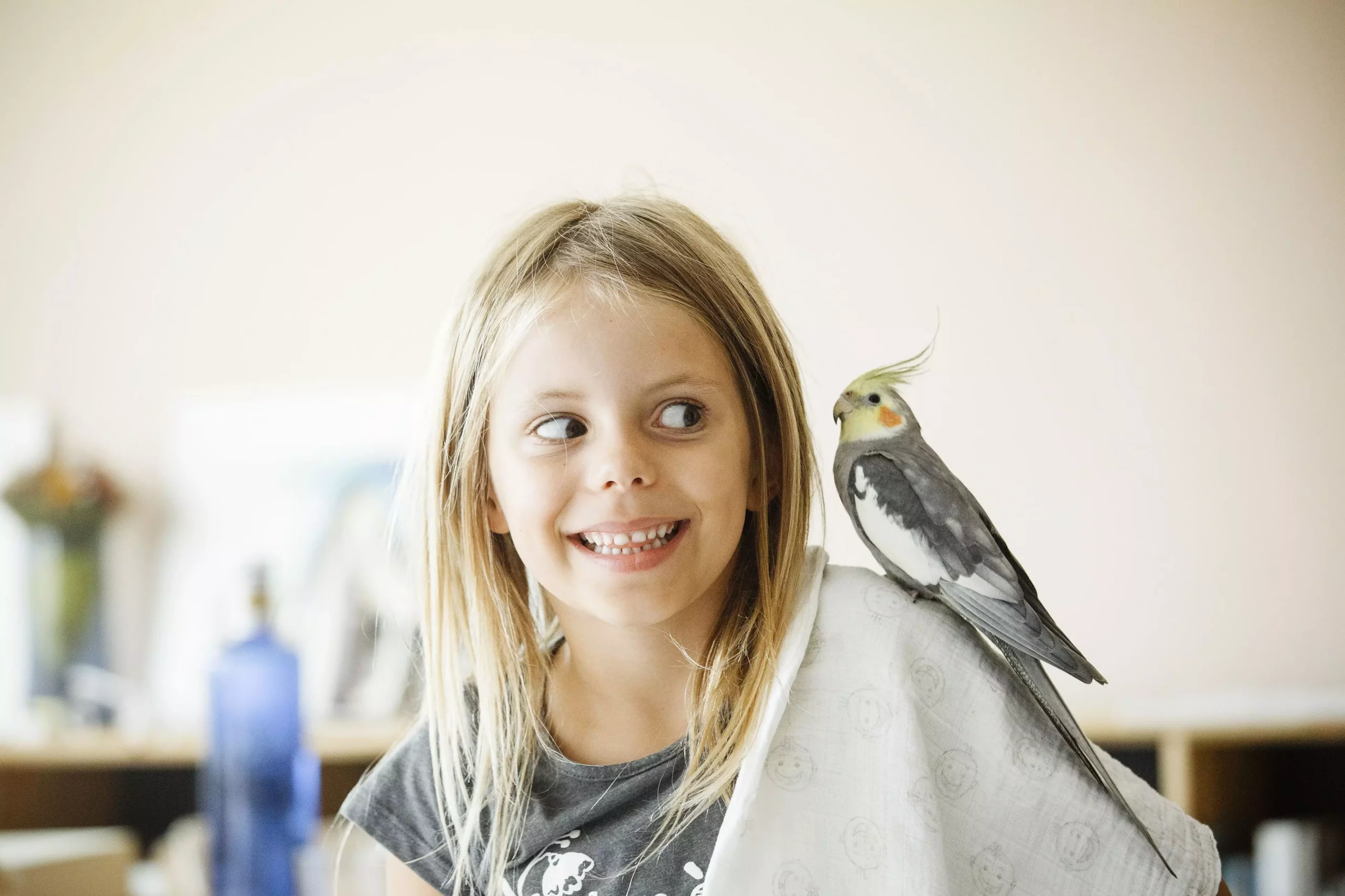When it comes to selecting a pet for children, birds can be an excellent choice. Not only are they often colorful and charming, but many birds also require less interaction than traditional pets like dogs or cats. With a wide variety to choose from, it’s essential to understand the characteristics, care requirements, and social needs of each species. This guide will explore some fantastic bird options that can make wonderful companions for children while emphasizing important factors for potential bird owners.
Finches and canaries are often recommended as starter birds for young enthusiasts. These petite creatures are captivating to observe, and their gentle chirps can be quite soothing. However, their nature is not particularly interactive; thus, they should remain primarily in their cages. For families considering these birds, it’s advisable to acquire at least two, as they thrive in the company of their kind and will avoid loneliness.
Finches and canaries vary in size, typically ranging from 5 to 6 inches in length and weighing around half an ounce. Their vibrant colors—ranging from soft yellows to vivid reds—add visual appeal to any home. Although their lifespan may vary from 3 to 15 years, the joy they bring often outweighs this concern.
Doves, often misunderstood as mere symbols of peace, make delightful pets due to their calm demeanor. These softbills pose less of a risk for children than some other species; they are less likely to bite or demonstrate destructive behavior. Nonetheless, they require positive interaction and can be excellent companions for older children who can approach them gently.
Doves thrive best in pairs, as they are highly social creatures. Investing in mirrors and swings for their cages will encourage natural behaviors and provide entertainment. Moreover, allowing them out of their cages for supervised free-flight time will foster a stronger bond with their human caretakers. Typically ranging from 11 to 13 inches and weighing between 5 to 8 ounces, doves can live for 10 to 25 years, making them a significant commitment.
For families looking for a feathered friend who packs a punch in personality, lovebirds fit the bill perfectly. Known for being one of the smallest parrot species, they are bursting with charm, making them ideal for children, especially those living in apartments due to their quieter disposition. Despite their small stature (around 5 to 6 inches and 2 ounces), they possess the intelligence characteristic of larger parrots. Their lifespan ranges from 10 to 20 years, presenting an opportunity for long-term companionship.
Budgerigars, or budgies, are lively birds that make excellent pets for children. These small, vibrant birds from Australia are incredibly social and tend to bond deeply with their caregivers. They are relatively easy to care for and can learn to talk and perform little tricks, providing endless entertainment. Budgies measure around 7 inches and weigh about 1 ounce, making them manageable for younger kids. Their average lifespan is shorter than that of other birds, ranging from 7 to 15 years.
Cockatiels offer a unique combination of playfulness and charm. Larger than finches and budgies, they can learn a variety of vocalizations, including whistling and even a few words. They thrive on interaction and enjoy spending time outside of their enclosures, making them ideal for children who wish to be actively involved in their care. Cockatiels can live anywhere from 15 to 20 years, with some surpassing that estimate, so families should be prepared for a long-term commitment.
When introducing a pet bird into a child’s life, safety considerations are paramount. It’s wise to avoid birds with strong and sharp beaks; such pets can inadvertently cause harm with a single bite. Moreover, the volume of larger birds can be surprisingly loud, reaching decibel levels comparable to heavy machinery. As such, when making a selection, first-time bird owners should always consider the living environment, the size and temperament of the bird, and the child’s ability to handle them gently.
Choosing a bird as a family pet can be a rewarding experience, offering excitement and companionship. Understanding the needs of each species can help ensure that both the bird and the child flourish together. Ultimately, the right bird can serve as both a source of joy and a unique educational experience for children.


Leave a Reply